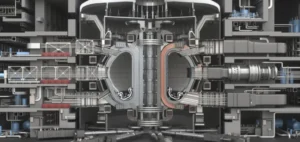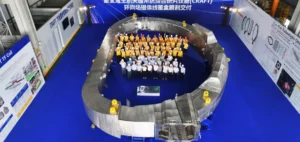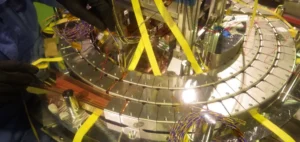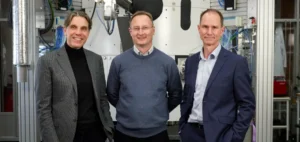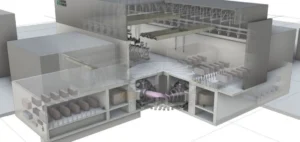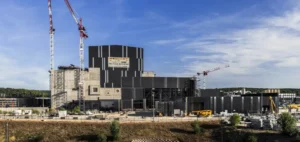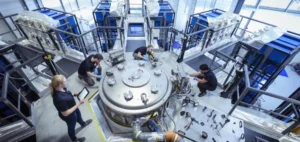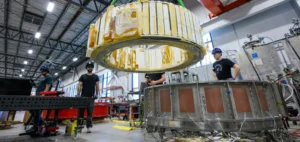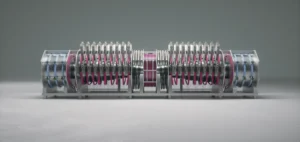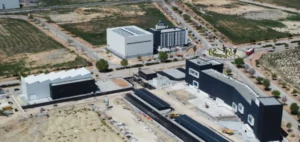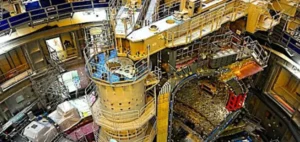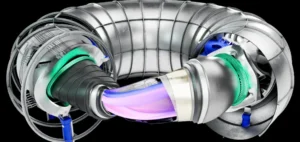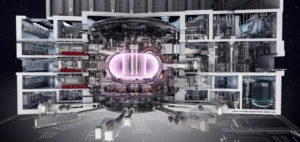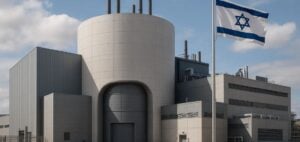General Atomics has announced a $20mn, ten-year investment in Fusion Fuel Cycles Inc. (FFC), a joint venture between Canadian Nuclear Laboratories (CNL) and Kyoto Fusioneering, an engineering company specialising in fusion technologies. The funding aims to accelerate the commissioning of UNITY-2, a tritium fuel cycle test facility intended to support the transition to commercially viable fusion power plants.
UNITY-2 will be built at the CNL site in Chalk River, Ontario. The facility aims to become, by mid-2026, the world’s first installation capable of simulating the entire deuterium-tritium (D-T) fuel cycle, considered an essential component in the operation of a fusion reactor.
An infrastructure dedicated to the tritium cycle
The UNITY-2 project will test the processing, purification and resupply of tritium while simulating real reactor operating conditions. General Atomics plans to use the facility’s capabilities to advance its own research on fusion-related components while working with Canadian teams on tritium handling and storage protocols.
This initiative is part of Canada’s Industrial and Technological Benefits Policy, linked to the Canadian government’s acquisition of MQ-9B SkyGuardian® aircraft. The partnership has received official support from the federal Ministry of Innovation, Science and Economic Development Canada (ISED).
Targeted bilateral benefits
According to Canada’s Ministry of Industry, General Atomics’ investment will help strengthen national expertise in fusion technologies and generate specialised employment. The US company also states that the partnership will lay the foundation for other critical infrastructures, particularly to test prototypes of “blanket” components, which capture the energy produced in a fusion reactor.
Anantha Krishnan, Senior Vice President of the General Atomics Energy Group, stated that the collaboration “addresses one of the most complex technological challenges”, highlighting the need to integrate all core systems in an operational reactor, with the fuel cycle as a central element.
A longstanding presence in fusion research
General Atomics has been active for several decades in nuclear fusion research. From its San Diego headquarters, the company manages the DIII-D National Fusion Facility, the largest US magnetic fusion research installation, operated for the United States Department of Energy. It remains the only operational tokamak on American soil.
The company’s involvement in UNITY-2 strengthens its role in developing a coherent and operational technological chain for fusion energy. It sees this milestone as a strategic lever in ongoing international cooperation around industrial-scale tritium processing.



